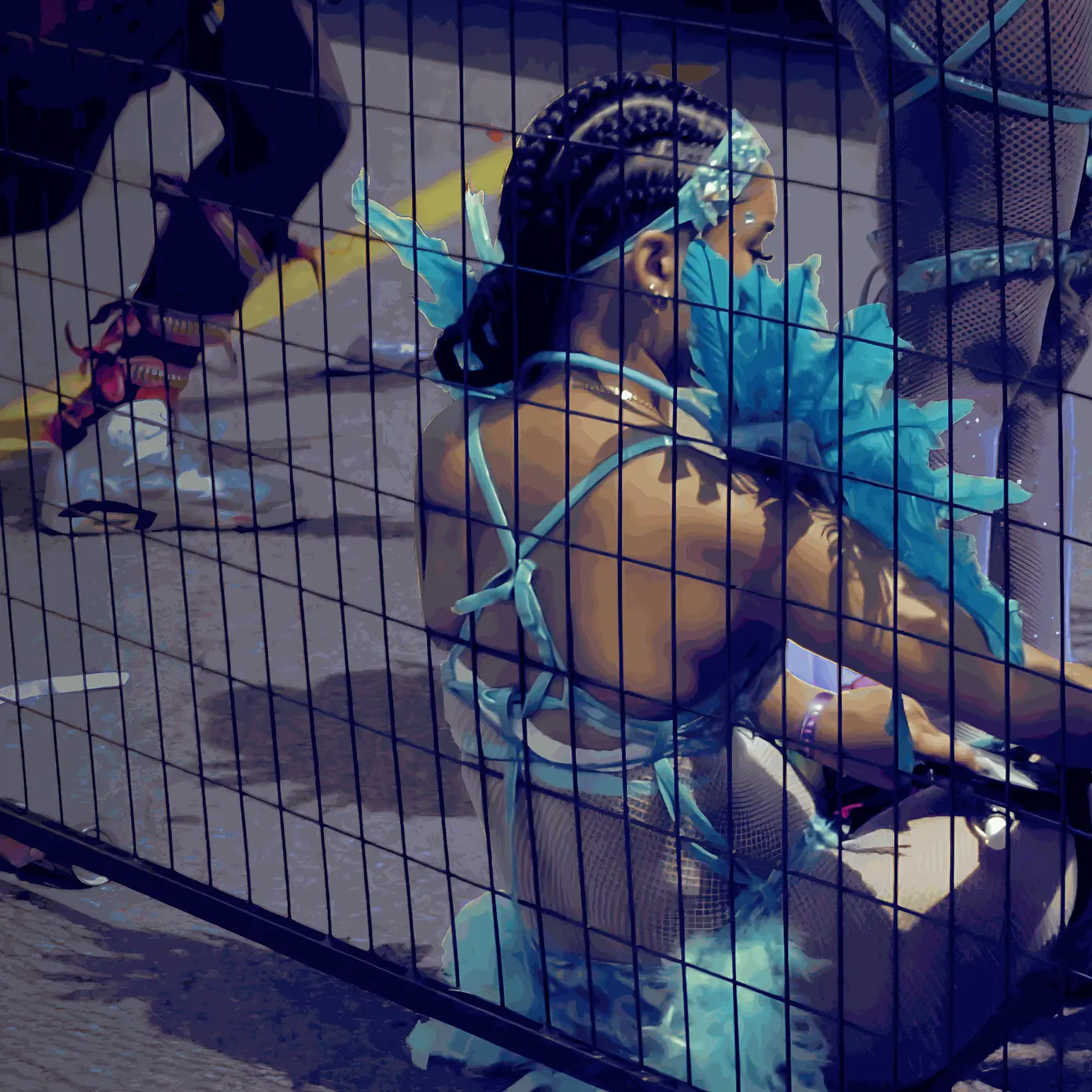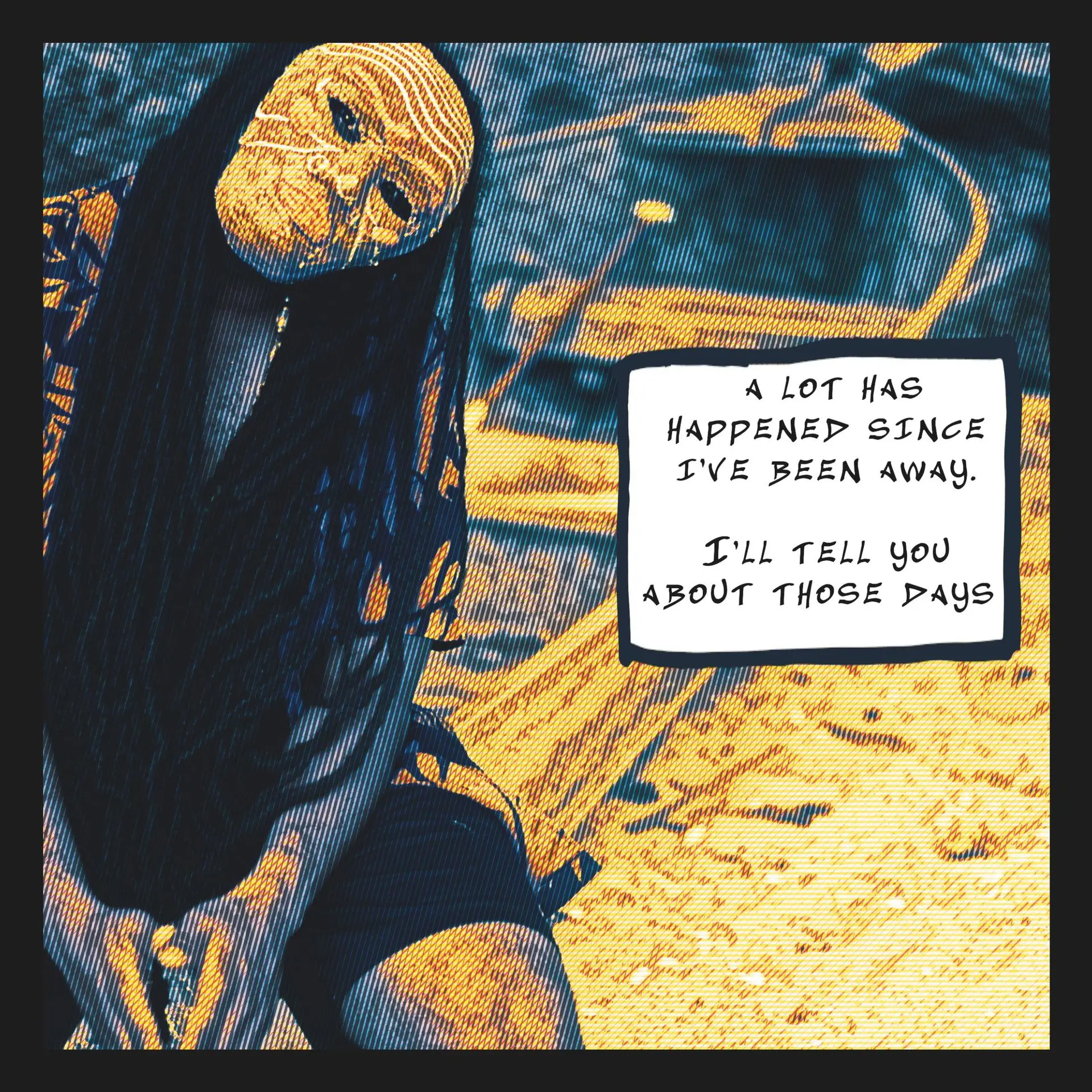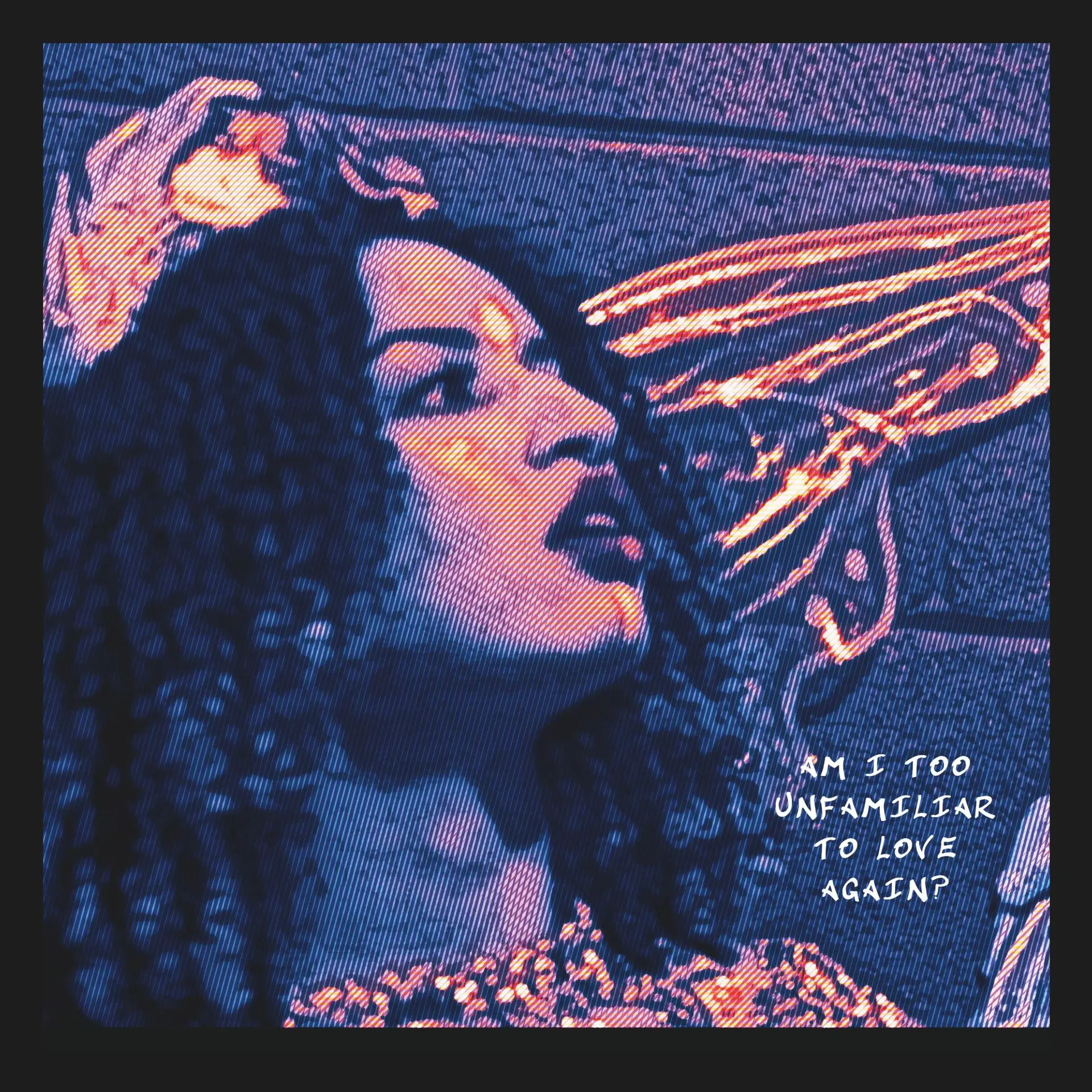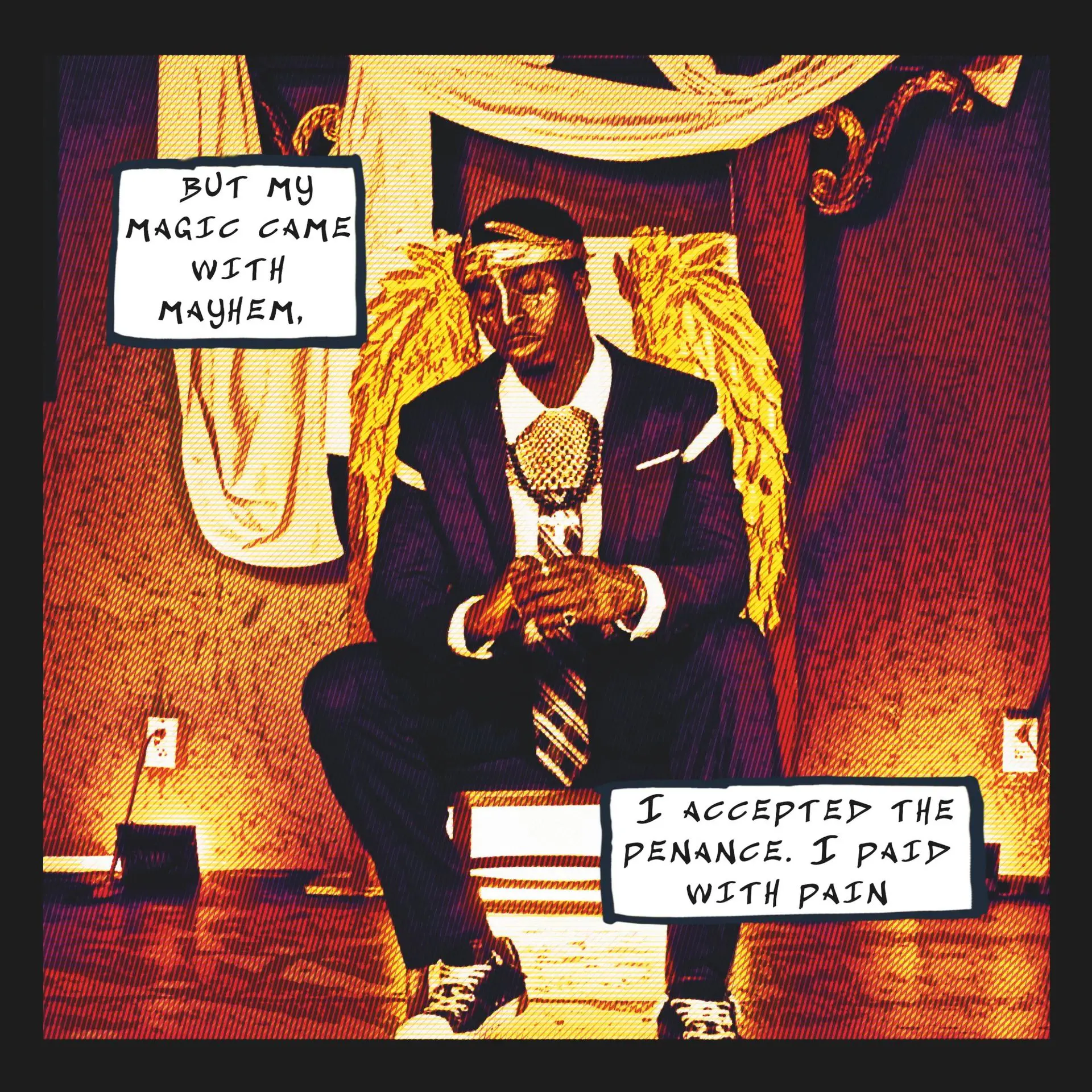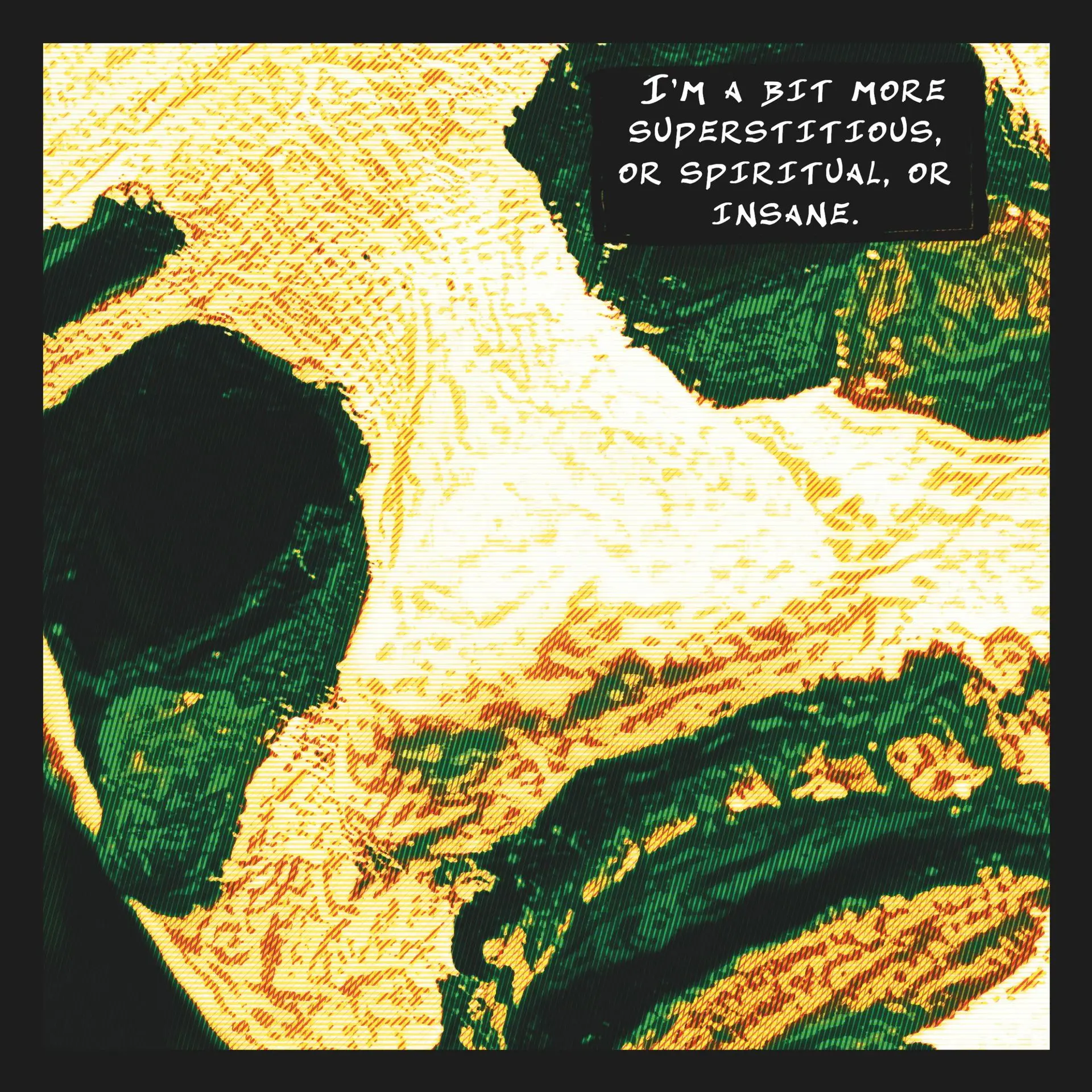
The Days of Plenty
My second poetry collection, "The Days of Plenty," tells the story of how my life progressed once I chose to become an artist. As I wrote these poems, I noticed I was doing something strange. I was writing down the dates. I realised I had accidentally crafted a bit of a magical carnival in an artistic journal.
An Adventure of Transformation
Honestly, I didn't think I would work in the arts. In my education and early jobs I was preparing myself for a comfortable corporate life. That idea didn't last. I felt a powerful need to feed my intellectual and creative needs. I wanted to follow my soul. This desire was stronger than the security of a steady paycheck and benefits. The poems in this book tell the story of me accepting this new life, which has often difficult but deeply rewarding.
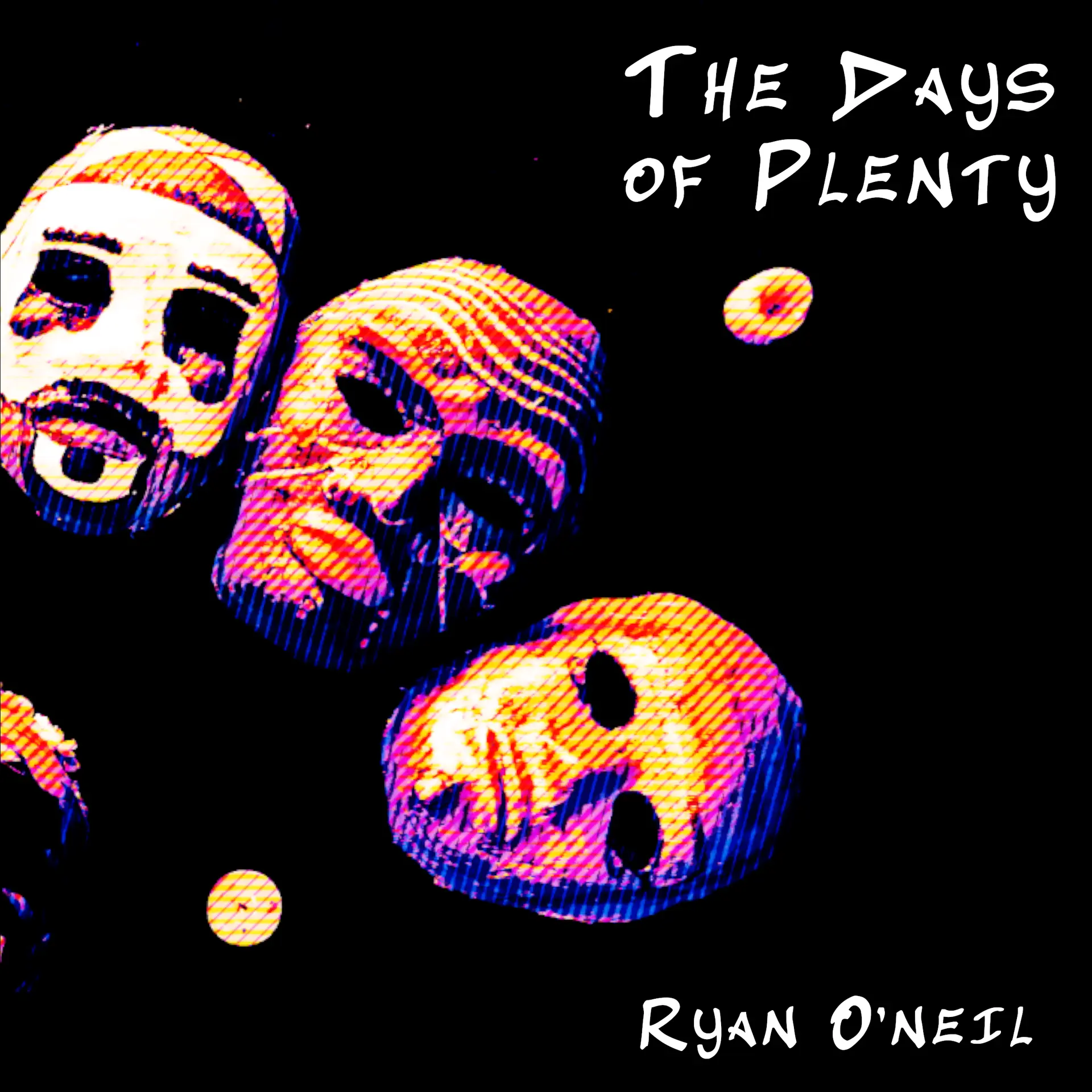
186
Page Count
61
Poems
61
Photo Pages
9
Years In the Making
Days of Plenty Facts
The Fotonovella
Fantasy
It took me a while to figure out exactly how I wanted to tell this story visually. I knew I wanted to carry over the visual poetry idea I began in Ritual and Ruin, but I wasn't sure about what I wanted to show you as you journey through the pages. I did always want it to be a bit of a fotonovella (think a graphic novel with photos).
About three years into editing, and with enough time for the story to settle, I decided on the image of a dark twisted masquerade.
The Days that Continue to Give
The need for the images to fit the vision was the driving force behind Masquerade is Rebellion. That project saw me exploring the history and heritage in the way Caribbean people party. There's an electrifying catharsis in our dancing.
It has taken 5 years to get here. That's 5 years of inspiration and creativity after I thought the days of plenty had ended. Many things have changed in my memory, but this is how the days of plenty look to me now.
Step inside to feel poetry tuned to my vibrant frequencies.
